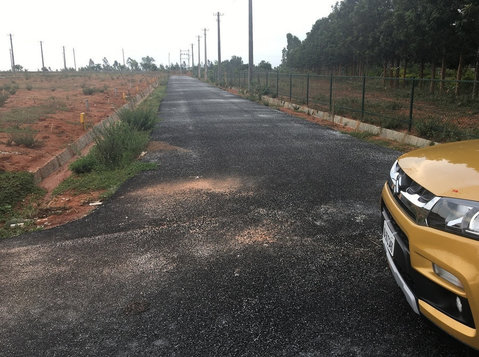Posted in: Buy & Sell > Other in Karnataka | Posted: |
The skin gets its colour from a pigment called melanin, which is made by skin cells. When the cells are damaged or unhealthy due to factors like extensive sun exposure, post-injury & inflammation, post-partum, reaction to certain drugs and systemic disorders; the melanin clumps together causing the area to appear dark generally known as Pigmentation and widespread darker areas as Hyperpigmentation.
This can occur in small patches or cover larger areas in the body.
Types-
Based on the cause, shape and location, pigmentation can be categorised into different types-
Freckles, Birthmarks, Sun Spots, Age Spots, Melasma and Post-inflammatory hyperpigmentation also called PIH.
Treatment-
1. Chemical Exfoliation-
This is done with facial acids to break down the melanin at the basal layer of skin by accelerating the cell turnover process which boosts new cell production. It can be done on all parts of the body.
Commonly used exfoliants are- Lactic Acid, Glycolic Acid, Retinol, Mandelic Acid and Phenol.
2. Q switch Laser Therapy-
Laser Beams target the pigment directly splitting it into fragments. The particles get smaller with each progressing session and the desired results are achieved after the required number of sittings as advised by a dermatologist or licensed aesthetician.
3. Topical Application-
Clinical treatments work best with a customised home regime of serums and creams containing depigmenting ingredients such as Azelaic Acid, Alpha Arbutin, Tranexamic Acid, Kojic Acid, etc.
All treatment options have to paired with mandatory application and reapplication of a sunscreen with minimum SPF 50 and prevention of prolonged sun exposure with any protective gear.
Contact this advertiser





